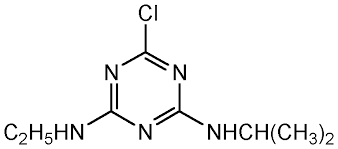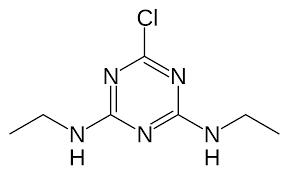A pesticide is any substance used to kill, repel, or control certain forms of plant or animal life that are considered to be pests. The pests may be insects, plant diseases, fungi, weeds, nematodes, snails, slugs, etc.
Pesticides include herbicides for destroying weeds and other unwanted vegetation, insecticides for controlling a wide variety of insects, fungicides used to prevent the growth of molds and mildew, disinfectants for preventing the spread of bacteria, and compounds used to control mice and rats as well as nematodes (nematicides). Another very important class of agrochemicals is Fertilizers.
Insecticides vary in the numbers of different kinds of insects they kill.
Broad Spectrum. Some insecticides kill only a few kinds of insects. Sometimes you can choose these insecticides when you wish to kill only one insect pest and not other beneficial insects in the area. Many insecticides are general purpose or wide range killers. These "broad spectrum" pesticides are used when several different kinds of insects are a problem. One chemical can kill them all. No broad spectrum insecticide kills all insects; each varies as to the kinds of insects it controls.
Narrow Spectrum. While many insecticides are broad spectrum, killing a wide variety of animals by attacking a system common to all, such as the nervous system, a new group of insecticides are much more selective. The chitin inhibitors only affect animals with chitin in their exoskeleton (i.e. insects). Growth regulators are even more specific. They affect certain groups of species that have a particular hormone. Finally, pheromones are the most restrictive because they react with only one species or one sex of a single species.
Short Term vs. Residual. Insecticides also vary in how long they last as a killing agent. Some break down almost immediately into nontoxic by -products.
Nonselective herbicides are toxic to all plants. These are often used when no plants are wanted in an area. For example, nonselective herbicides could be used for clearing under guardrails or for total control of weeds in industrial areas.
Selective herbicides kill some plants with little or no injury to other plants. Usually selective types will kill either broadleaved plants or grassy plants. These are useful for lawns, golf courses or in areas with desirable trees. Some very selective herbicides may kill only certain plants in a group; for example, crabgrass killers on lawns.
A plant growth regulator (or plant regulator) increases, decreases or changes normal growth or reproduction in a plant.
Common agriculture pesticides/herbicides indicators in contaminated water are alachlor, atrazine and simazine. They are used to control annual grasses and broadleaf weeds in many types of crops.

Alachlor Molecular Structure, an herbicide from the chloroacetanilide family

Atrazine Molecular Structure, an herbicide of the triazine class.

Simazine Molecular Structure, an herbicide of the triazine class.

The Chemical Structure of Glyphosate a.k.a Roundup ®